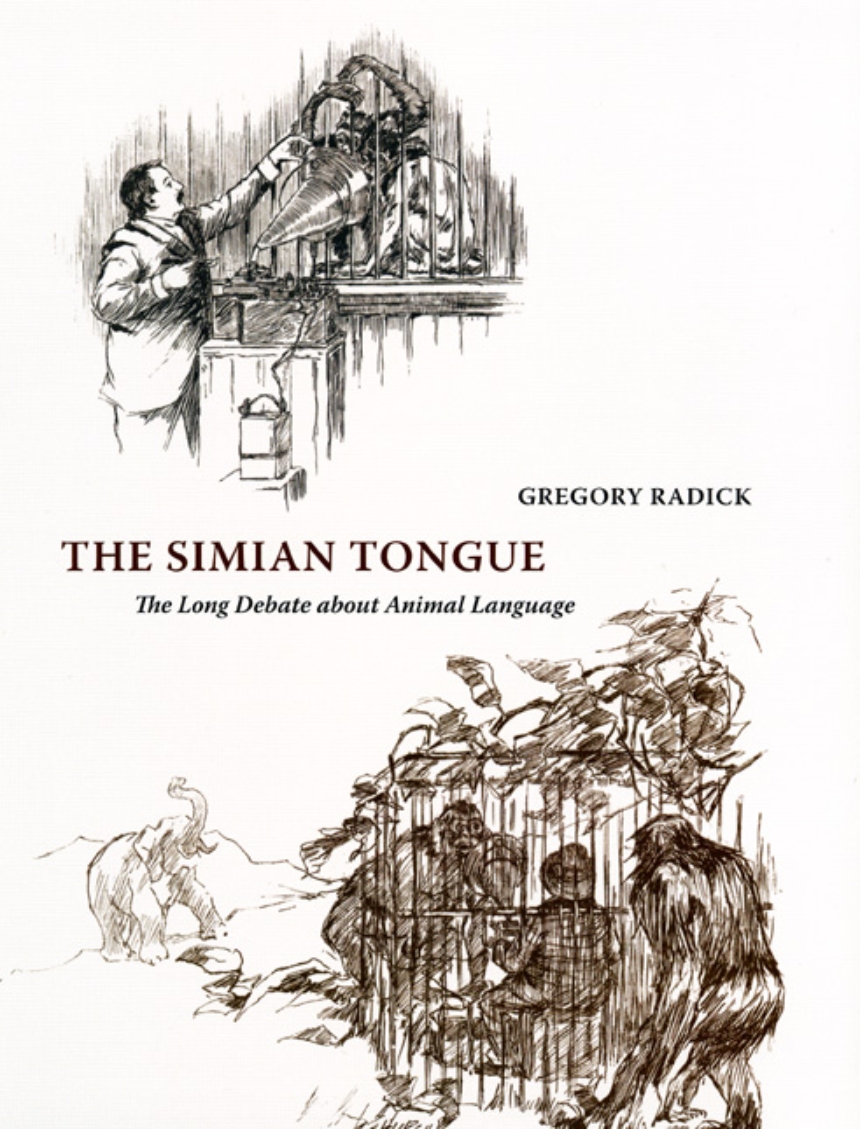The Simian Tongue
The Long Debate about Animal Language
578 pages | 39 halftones, 1 line drawing | 6 x 9 | © 2007
Biological Sciences: Behavioral Biology, Evolutionary Biology
Language and Linguistics: General Language and Linguistics
Psychology: Animal Behavior, General Psychology
Reviews
Table of Contents
Preface
Introduction
Part One
Chapter One
The Language Barrier
Chapter Two
Brains and Minds across the Barrier
Chapter Three
Professor Garner’s Phonograph
Part Two
Chapter Four
Congo Fever
Chapter Five
The Anthropologists and Animal Language
Chapter Six
The Psychologists and Animal Language
Part Three
Chapter Seven
Mr. Marler’s Spectrograph
Chapter Eight
Simian Semantics
Chapter Nine
Playbacks in Amboseli
Conclusion
Notes
Bibliography
Index
Awards
History of Science Society: Pfizer Award
Short Listed/Finalist
History of Science Society: Suzanne J. Levinson Prize
Won
